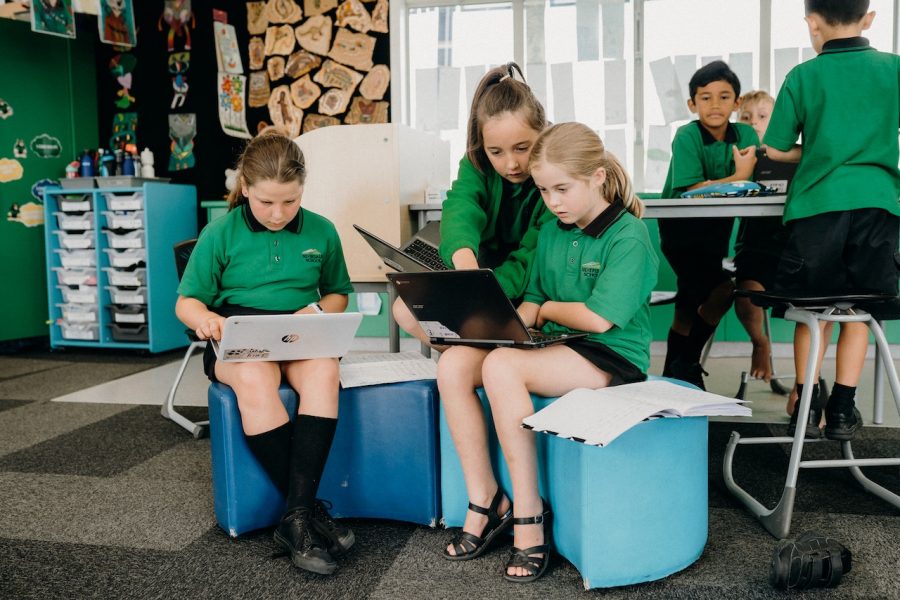Silverdale School uses the planning framework of Understanding by Design to develop curriculum and learning experiences that help students develop and deepen their understanding of important ideas, and to transfer their learning in a meaningful way.
Through using this approach we;
- Create a connected curriculum around “big ideas” and essential questions.
- Develop 21st Century Skills of critical thinking, communication, creativity, and collaboration
- Carefully design performance assessments to measure what matters most.
- Engage students in meaningful learning around authentic tasks.
- Focus curriculum and teaching on the development and deepening of student understanding and transfer of learning.
- Allow students to make sense of and transfer their learning through authentic performance, developing their capacity to explain, interpret, apply, shift perspective, empathize, and self-assess.
- Plan backward from long-term, desired results through a design process where clear priorities and purposes are apparent.
- Equip students with the knowledge and skills necessary in order to reach deeper understandings.
- Empower teachers to be coaches of understanding, not purveyors of content knowledge, skill, or activity.
- Ensure that learning happens by checking for successful meaning making and transfer by the learner.
Planning Overview
Stage 1—Identify Desired Results
Learning priorities are established by long-term performance goals—what it is we want students, in the end, to be able to do with what they have learned.
Focus on “transfer of learning.”
- What should students know, understand, and be able to do?
- What areas of the curriculum will we target?
- What is the ultimate transfer we seek as a result of this unit?
- What enduring understandings are desired?
- What essential questions will be explored in-depth and provide focus to all learning?
- What enabling knowledge and skills will students need to perform effectively and achieve desired results?
Stage 2—Determine Assessment Evidence
Determine assessment, performance tasks and other evidence which require students to apply their learning to a new and authentic situation as a means of assessing their understanding and ability to transfer their learning.
- How will we know if students have achieved the desired results?
- What will we accept as evidence of student understanding and their ability to use (transfer) their learning in new situations?
- How will we evaluate student performance in fair and consistent ways?
Stage 3—Plan Learning Experiences and Instruction
Teachers plan the most appropriate lessons and learning activities to address the three different types of goals identified in Stage 1: transfer, meaning making, and acquisition of knowledge.
- How will we support learners as they come to understand important ideas and processes?
- How will we prepare them to autonomously transfer their learning?
- What activities, sequence, and resources are best suited to accomplish our goals?


